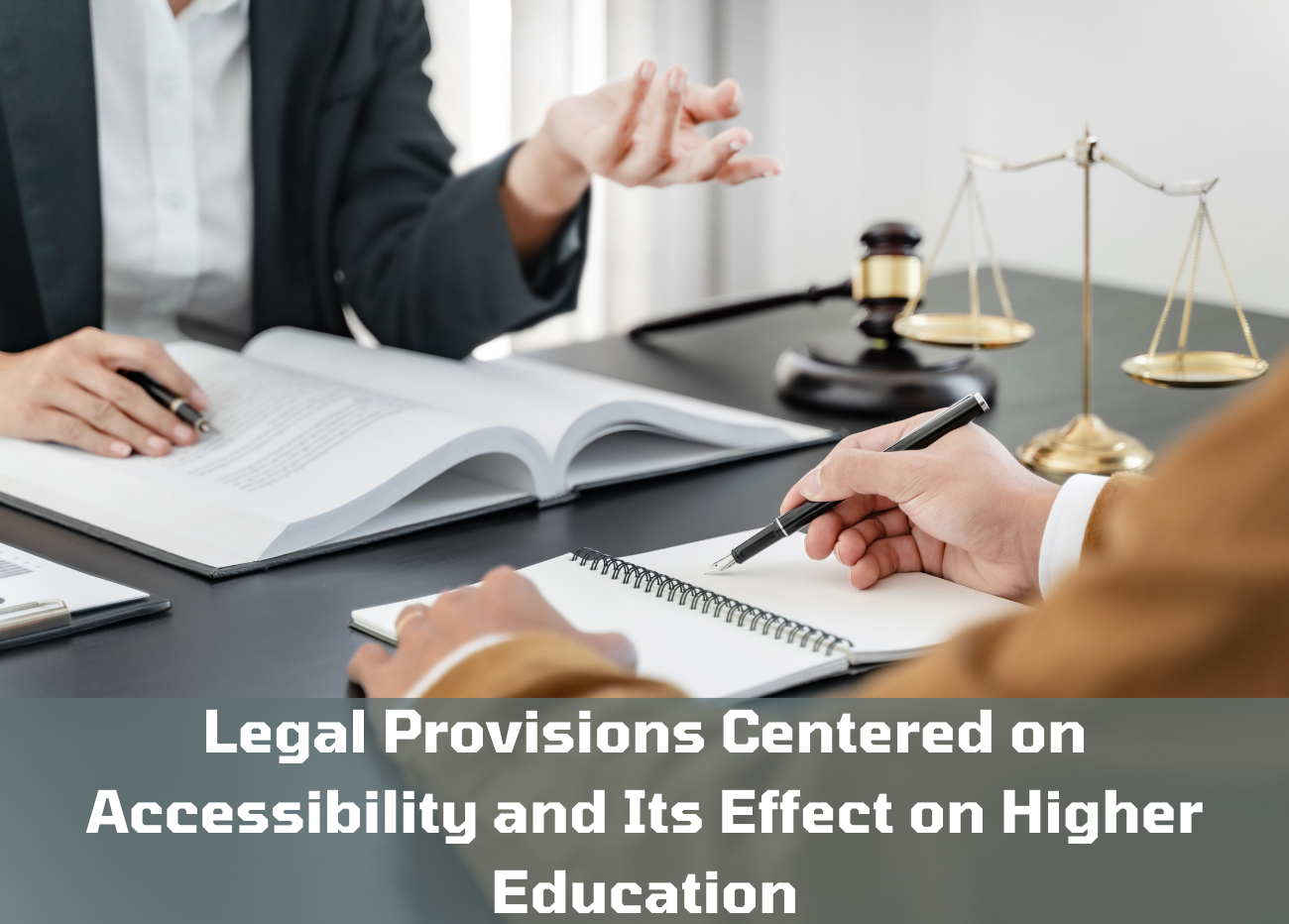Blended Learning Models: Effectively Combining Online and In-Person Education
Introduction: The Rise of Blended Learning in Global Higher Education
As tertiary institutions worldwide grapple with evolving student needs, technological advancements and post-pandemic realities, blended learning has emerged as an effective strategy in modern pedagogy. This model integrates online and in-person instruction to create flexible, inclusive, and effective learning environments.
Blended learning has been addressed in European policy documents for future teacher education. The digital transformation addressed in European Commission documents refers to the learning environment transition to high-performing blended learning and supporting teachers to promote students’ digital literacy for upgrading the digital skills of European citizens
By 2025, projections suggest that over 70% of higher education institutions will adopt blended learning frameworks to cater to diverse student populations and enhance academic outcomes.
This blog explores how blended learning models are reshaping global education, their challenges, and their transformative potential for the future.
What is Blended Learning?
Blended learning is defined as the “strategic combination of face-to-face (synchronous) and online learning (asynchronous) experiences”, designed to leverage the strengths of both modalities. The focus here is on using an intentional “blend” of online and face-to-face instruction that is best suited to enhance learning for all students. Blended learning emphasizes:
- Intentional integration: Replacing redundant in-person activities with online components (e.g., recorded lectures) to free up classroom time for interactive, collaborative tasks.
- Flexibility: Allowing students to access materials anytime, anywhere, while maintaining opportunities for face-to-face engagement.
- Equality: Addressing barriers like geography, socioeconomic status, and accessibility through adaptable formats.
Columbia University’s Center for Teaching and Learning highlights that blended learning is not merely adding online tools to a traditional course but redesigning curricula to optimize both modalities.
Key Models of Blended Learning
1. Rotation Model
Students alternate between online and in-person activities on a fixed or customized schedule. Subtypes include:
- Flipped Classroom: Students review lectures online and apply knowledge through in-person discussions or projects.
- Lab Rotation: Online modules complement hands-on lab work, common in STEM fields.
Example: A physics course might use virtual simulations for theory and reserve lab time for experiments.
2. Flex Model
Online learning forms the backbone, with in-person support as needed. Ideal for working professionals or remote learners. For instance, Namibia’s universities use mobile apps to deliver coursework to underserved regions, supported by periodic campus visits.
3. Enriched Virtual Model
Mandatory in-person sessions are paired with self-paced online work. This model is popular in European institutions, where hybrid formats balance theoretical and practical learning.
4. Institutional Blended Learning
Beyond courses, entire institutions adopt blended frameworks for sustainability. The Blended Institution of Higher Education (BIHE) model prioritizes equity, integrating technology across instruction, support services, and administration to serve historically marginalized students.
Global Case Studies: Success Stories and Innovations
- Columbia University (USA): Uses flipped classrooms to replace lectures with active learning (e.g., debates, hackathons), increasing student engagement by 40%.
- North-Eastern Federal University (Russia): Implements blended STEM programs with virtual labs, improving problem-solving skills among engineering students.
- Sub-Saharan Africa: Mobile learning apps bridge internet gaps, enabling access to coursework in low-bandwidth regions.
Challenges and Solutions
1. Digital Divide
While 99.7% of university students own smartphones, disparities persist. In Latin America, 40% lack reliable internet, and Cuba’s mobile speeds lag 25x behind the UAE.
Solution: Institutions like Namibia’s subsidize devices and expand Wi-Fi coverage.
2. Faculty Resistance
55% of instructors ban mobile devices in classrooms due to inadequate training.
Solution: Universities like Central Florida offer digital literacy programs, boosting faculty adoption by 20%.
3. Assessment Design
Traditional exams fail to capture blended learning outcomes.
Solution: Combine formative online quizzes (for instant feedback) with in-person projects to assess critical thinking.
Enabling Technologies
- AI and VR: Adaptive learning platforms personalize content, while VR simulations offer hands-on medical or engineering training.
- Learning Management Systems (LMS): Tools like D2L Brightspace integrate Zoom for seamless collaboration.
- Analytics: Predictive models identify at-risk students early, improving retention rates.
The Future: Trends Shaping Global Higher Education
- AI-Driven Personalization: Hyper-personalized tutoring systems will address individual learning gaps.
- Hybrid Campuses: Physical campuses will evolve into hubs for collaboration, complemented by robust online ecosystems.
- Equity-Focused Design: Universal design principles (e.g., screen readers, multilingual content) will ensure accessibility for all learners.
Conclusion: A Call to Action for Education Institutions
Blended learning is not a temporary fix but a strategic imperative for tertiary institutions aiming to thrive in a digital-first era. By investing in infrastructure, faculty training, and student-centered design, higher education can democratize access, enhance engagement, and prepare learners for a rapidly changing world. As the Horizon Report notes, “The future of education lies not in choosing between online or in-person, but in blending them thoughtfully”.
Explore More in This Series:
References: Insights from [Faculty Focus], [Walden University], [Frontiers in Education], [Columbia CTL], and [Springer].
- Debdut Pramanickhttps://www.mitrmedia.com/resources/blogs/author/debdutp/
- Debdut Pramanickhttps://www.mitrmedia.com/resources/blogs/author/debdutp/
- Debdut Pramanickhttps://www.mitrmedia.com/resources/blogs/author/debdutp/
- Debdut Pramanickhttps://www.mitrmedia.com/resources/blogs/author/debdutp/




